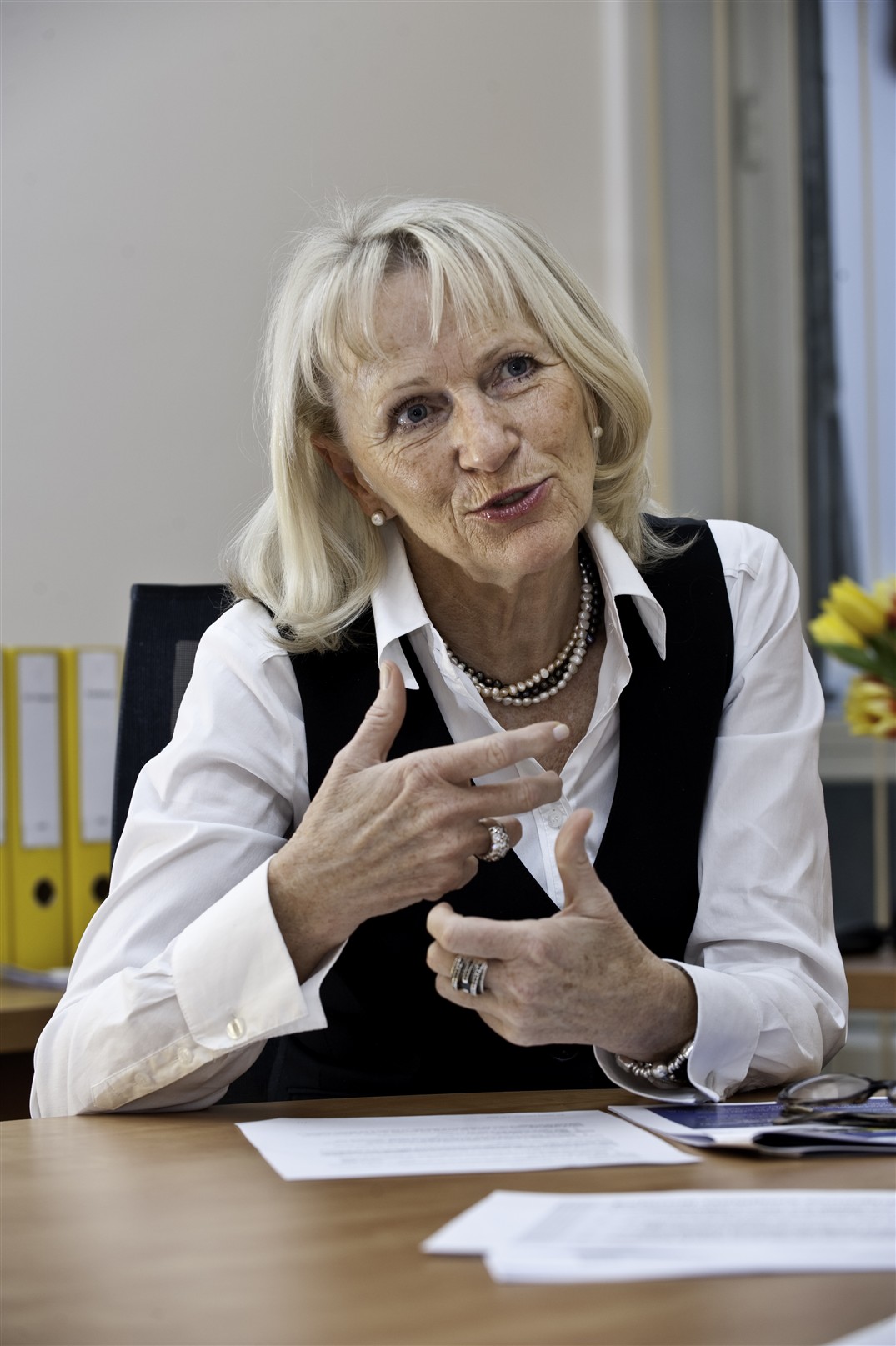Felicitas Pauss - Physics without borders
With the goal of turning CERN into a truly global laboratory, the Director-General has appointed Felcitas Pauss to the newly created position of Co-ordinator for External Relations. In this interview with the Bulletin she explains how external relations will shape the future of CERN.

"At CERN there is already an excellent atmosphere of international collaboration, of working together beyond political boundaries," says Felicitas Pauss, the newly appointed Co-ordinator for External Relations. "This is indeed a remarkable feature of scientific collaborations."
When it was founded over 50 years ago CERN had the seemingly impossible task of stitching together a united European particle physics community from countries torn apart by the Second World War. Today this goal of collaboration is just as important, not only within Europe but worldwide.
"The particle physics landscape has really changed over the past years," Pauss points out. "As Rolf Heuer says, ‘there has been a sort of symmetry breaking’. Certainly, if we look to the future, any major new project will need to be done globally." The scale of future particle physics accelerators at the high-energy frontier will be too much for one organization, or one country, to be able to complete them single-handedly. In the future, CERN will have to have much closer collaboration not just with other countries around the world, but also with other high-energy physics labs.
In December, the CERN Council set up a new Council Working Group for the Scientific and Geographical Enlargement of CERN. "My role now as an external relations co-ordinator is basically to assist the Director-General in this respect," says Pauss. "These discussions and negotiations will take place during an exciting period for CERN; the LHC will see first collisions this year and will be the flagship of particle physics for the coming decades, and it has already attracted hundreds of new users from all over the world."
As most people know, CERN has 20 Member States, but it also has agreements with over 40 other countries. In the past four years CERN has seen an almost 50% increase in users from non-Member States. "This is one of the key issues: how can we integrate the scientific communities of the non-Member States with CERN – now and in the future?" she underlines. Over the coming months the newly-created Council Working Group will develop strategies for the future involvement of non-Member States at CERN.
"There are a large variety of possibilities to go about doing this," she explains, "from remaining just a European laboratory with separate agreements with each non-Member State – to the other extreme of allowing any country in the world to become a Member State." In early March, the Council Working Group will hold its first meeting, where all these possibilities will be discussed, with the aim of finding practical solutions.
Another important task is to strengthen CERN’s relationship with other high-energy physics labs and institutes. In the past CERN has built its accelerators funded mainly by the Member States with some contributions from non-Member States. But as Pauss points out: "The experiments are collaborations of many institutes from many different countries, both Member States and non-Member States. Being an experimental physicist myself and having been involved in CMS for many years I know both the challenges and benefits of such collaborations," she continues. "For future accelerators I think there is a lot we can learn from the experimental collaborations. This is already happening in the R&D for the CLIC project, with universities and other laboratories working together. I think that partnership is a good way to describe it – you work on an equal footing, partners in one common project."
"All these tasks go in parallel," Pauss underlines, "and they are all important factors in determining how CERN will develop in the long term, with the ultimate goal of creating a truly global laboratory."
Felicitas Pauss’ CV in brief
Felicitas Pauss received her PhD in theoretical physics from the University of Graz (Austria) in 1976. It was on becoming a postdoc at the Max Planck Institute in 1978 that she changed to the field of experimental particle physics. She continued her research at Cornell University and at CERN, working on several experiments including the UA1 and L3 collaborations, before being elected professor at ETH Zurich in 1993. She joined the CMS collaboration in 1994, contributing to the design and construction of the experiment as well as to its management. From 1997 until 2007 she was the Director of the Institute for Particle Physics of ETH Zurich. In January 2009 she became Co-ordinator of External Relations at CERN.
Pauss has always had a strong interest in shaping the future of particle physics. She has participated in various working groups to evaluate the physics potential of new accelerator projects in Europe and in the US and has served and still serves on numerous international scientific advisory boards.

